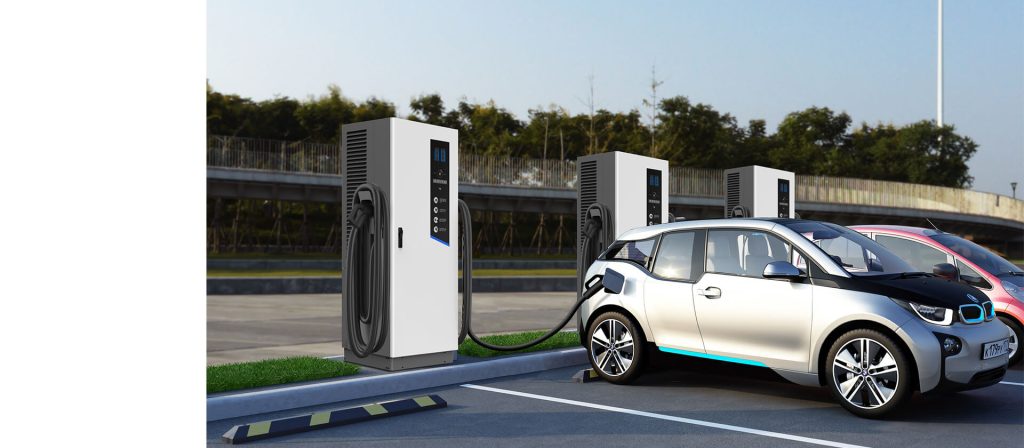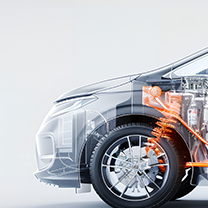
Products
Fast, Reliable, Everywhere

Solutions
Efficient, Innovative EV Charging Solutions.
As electric vehicles (EVs) rapidly become mainstream, understanding different types of EV charging is crucial for both drivers and businesses. Among the three main levels—Level 1, Level 2, and Level 3—Level 3 charging stations stand out for offering the fastest and most powerful charging experience.In this guide, we’ll break down everything you need to know about Level 3 charging, ensuring clarity for new EV owners while optimizing.

Level 3 chargers, often called DC fast chargers or rapid chargers, deliver 50kW to 400kW of direct current (DC) directly to your EV’s battery.
Unlike Level 1 and Level 2 chargers that supply alternating current (AC) and rely on your vehicle's onboard converter to transform AC into DC, Level 3 chargers handle this conversion internally.
Result? Much faster charging speeds.
Thanks to this speed, Level 3 charging stations are ideal for highways, public fast-charging hubs, commercial fleets, and urban mobility services.
In short, DC chargers bypass the slower onboard converter, providing ultra-fast energy transfer directly to the battery.
| Charging Level | Power Output | Charging Time | Ideal Use |
|---|---|---|---|
| Level 1 | 1.3–2.4kW | 8–20+ hours | Home (occasional use) |
| Level 2 | 7.4–22kW | 4–8 hours | Home, workplaces, public |
| Level 3 | 50–400kW | 15–55 minutes | Highways, commercial hubs |
Note: Charging speed also depends on your vehicle’s maximum charging acceptance rate.
Using a Level 3 DC fast charger typically costs between $25–$50 per full session. Pricing models vary:
While DC fast charging is more expensive than AC charging, you’re paying for speed and convenience—perfect for long-distance travel or tight schedules.
Not all EVs are compatible with Level 3 charging.
Modern EVs like Tesla Model 3, Hyundai IONIQ 5, and Ford Mustang Mach-E are designed for fast charging, but older models or vehicles with smaller batteries (e.g., Smart EQ Fortwo) might not support DC charging.
Important:
Short answer: No.
Installing a Level 3 fast charger at home requires industrial-grade electricity (high voltage, 400V+ three-phase power), which is far beyond typical residential infrastructure.
Level 3 chargers are designed for public spaces, commercial parking lots, logistics hubs, and highways, where infrastructure can support such heavy loads.
For home use, a Level 2 charger is the recommended and practical option, offering overnight full charging for most EVs.
As the world transitions to cleaner transportation, Level 3 fast charging infrastructure plays a crucial role:
Industry forecasts suggest that widespread Level 3 charger deployment will dramatically boost electric vehicle sales and usage over the next decade.
Understanding your vehicle’s charging capabilities and knowing when to use fast charging ensures you get the best performance while optimizing battery health.
Ready to dive deeper into EV charging strategies?
Check out our related guides on:
Drive electric. Charge smart. Embrace the future of sustainable mobility.
